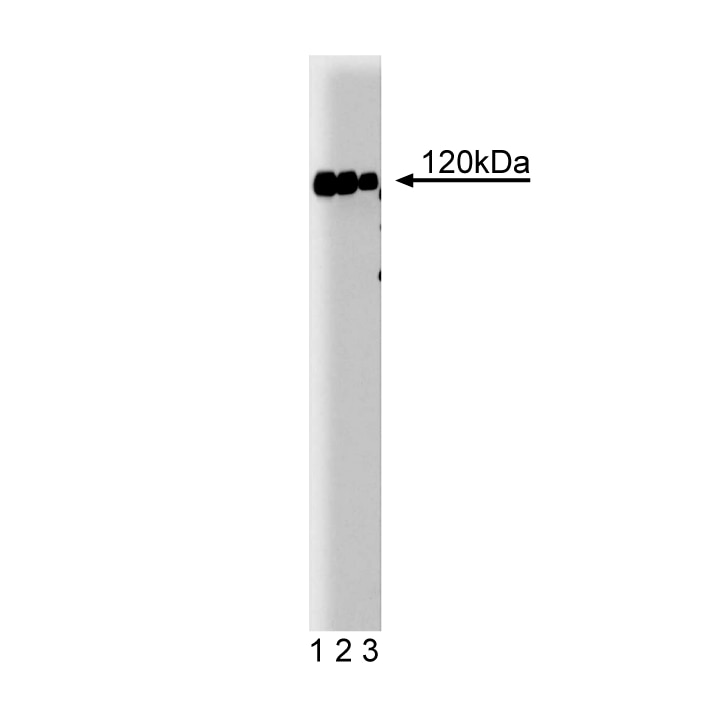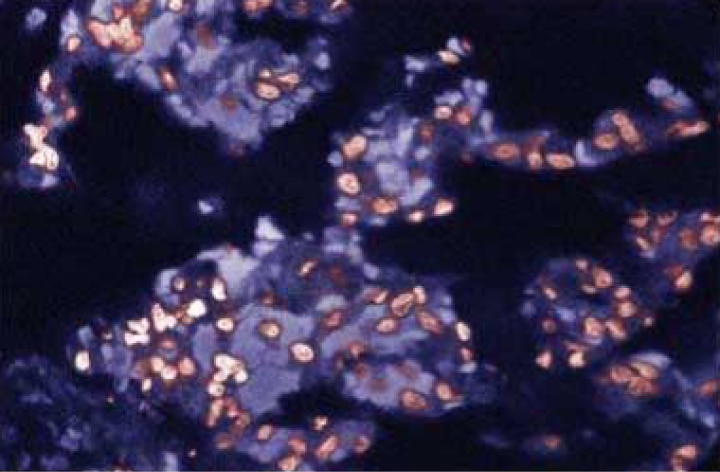-
Reagents
- Flow Cytometry Reagents
-
Western Blotting and Molecular Reagents
- Immunoassay Reagents
-
Single-Cell Multiomics Reagents
- BD® OMICS-Guard Sample Preservation Buffer
- BD® AbSeq Assay
- BD® Single-Cell Multiplexing Kit
- BD Rhapsody™ ATAC-Seq Assays
- BD Rhapsody™ Whole Transcriptome Analysis (WTA) Amplification Kit
- BD Rhapsody™ TCR/BCR Next Multiomic Assays
- BD Rhapsody™ Targeted mRNA Kits
- BD Rhapsody™ Accessory Kits
- BD® OMICS-One Protein Panels
-
Functional Assays
-
Microscopy and Imaging Reagents
-
Cell Preparation and Separation Reagents
-
- BD® OMICS-Guard Sample Preservation Buffer
- BD® AbSeq Assay
- BD® Single-Cell Multiplexing Kit
- BD Rhapsody™ ATAC-Seq Assays
- BD Rhapsody™ Whole Transcriptome Analysis (WTA) Amplification Kit
- BD Rhapsody™ TCR/BCR Next Multiomic Assays
- BD Rhapsody™ Targeted mRNA Kits
- BD Rhapsody™ Accessory Kits
- BD® OMICS-One Protein Panels
- Germany (English)
-
Change country/language
Old Browser
This page has been recently translated and is available in French now.
Looks like you're visiting us from United States.
Would you like to stay on the current country site or be switched to your country?
BD Transduction Laboratories™ Purified Mouse Anti-c-Cbl
Clone 17/c-Cbl (RUO)




Western blot analysis of c-Cbl on Jurkat lysate. Lane 1: 1:5000, lane 2: 1:10000, lane 3: 1:20000 dilution of anti-c-Cbl.

Immunohistochemical staining of Rabbit Lung tissue with anti-c-cbl antibody.


BD Transduction Laboratories™ Purified Mouse Anti-c-Cbl

BD Transduction Laboratories™ Purified Mouse Anti-c-Cbl

Regulatory Status Legend
Any use of products other than the permitted use without the express written authorization of Becton, Dickinson and Company is strictly prohibited.
Preparation And Storage
Product Notices
- Since applications vary, each investigator should titrate the reagent to obtain optimal results.
- Please refer to www.bdbiosciences.com/us/s/resources for technical protocols.
- Source of all serum proteins is from USDA inspected abattoirs located in the United States.
- Caution: Sodium azide yields highly toxic hydrazoic acid under acidic conditions. Dilute azide compounds in running water before discarding to avoid accumulation of potentially explosive deposits in plumbing.
- Sodium azide is a reversible inhibitor of oxidative metabolism; therefore, antibody preparations containing this preservative agent must not be used in cell cultures nor injected into animals. Sodium azide may be removed by washing stained cells or plate-bound antibody or dialyzing soluble antibody in sodium azide-free buffer. Since endotoxin may also affect the results of functional studies, we recommend the NA/LE (No Azide/Low Endotoxin) antibody format, if available, for in vitro and in vivo use.
cbl was identified in the genome of a transforming retrovirus from a mouse pre-B cell lymphoma. The product of mammalian c-cbl, p120[cbl], is a widely expressed cytoplasmic protein with several distinctive domains including a RING finger motif and a large proline-rich domain. Although the normal cellular function of c-Cbl has not yet been determined, it associates with many well known signal transduction proteins. In lymphoid cells, c-Cbl is a substrate of TCR-activated protein tyrosine kinases. In addition, stimulation with EGF, PDGF, FGF, or NGF results in tyrosine-phosphorylation of c-Cbl in lymphoid and other cell types. It forms a signaling complex with Grb2 in T cells and is a SH3 and SH2 binding protein which associates with many other cytoplasmic signaling proteins including Btk, Src, fyn, lck, and the β isoform of PI-3 kinase. Thus, c-Cbl may be an important adaptor protein in growth factor and T-cell receptor signaling pathways.
Development References (5)
-
Burke P, Schooler K, Wiley HS. Regulation of epidermal growth factor receptor signaling by endocytosis and intracellular trafficking. Mol Cell Biol. 2001; 12(6):1897-1910. (Clone-specific: Western blot). View Reference
-
Donovan JA, Wange RL, Langdon WY, Samelson LE. The protein product of the c-cbl protooncogene is the 120-kDa tyrosine-phosphorylated protein in Jurkat cells activated via the T cell antigen receptor. J Biol Chem. 1994; 269(37):22921-22924. (Biology). View Reference
-
Garcia GG, Miller RA. Single-cell analyses reveal two defects in peptide-specific activation of naive T cells from aged mice. J Immunol. 2001; 166(5):3151-3157. (Clone-specific: Immunofluorescence). View Reference
-
Jiang X, Huang F, Marusyk A, Sorkin A. Grb2 regulates internalization of EGF receptors through clathrin-coated pits. Mol Biol Cell. 2003; 14(3):858-870. (Clone-specific: Western blot). View Reference
-
Sanjay A, Houghton A, Neff L. Cbl associates with Pyk2 and Src to regulate Src kinase activity, alpha(v)beta(3) integrin-mediated signaling, cell adhesion, and osteoclast motility. J Cell Biol. 2001; 152(1):181-195. (Clone-specific: Western blot). View Reference
Please refer to Support Documents for Quality Certificates
Global - Refer to manufacturer's instructions for use and related User Manuals and Technical data sheets before using this products as described
Comparisons, where applicable, are made against older BD Technology, manual methods or are general performance claims. Comparisons are not made against non-BD technologies, unless otherwise noted.
For Research Use Only. Not for use in diagnostic or therapeutic procedures.